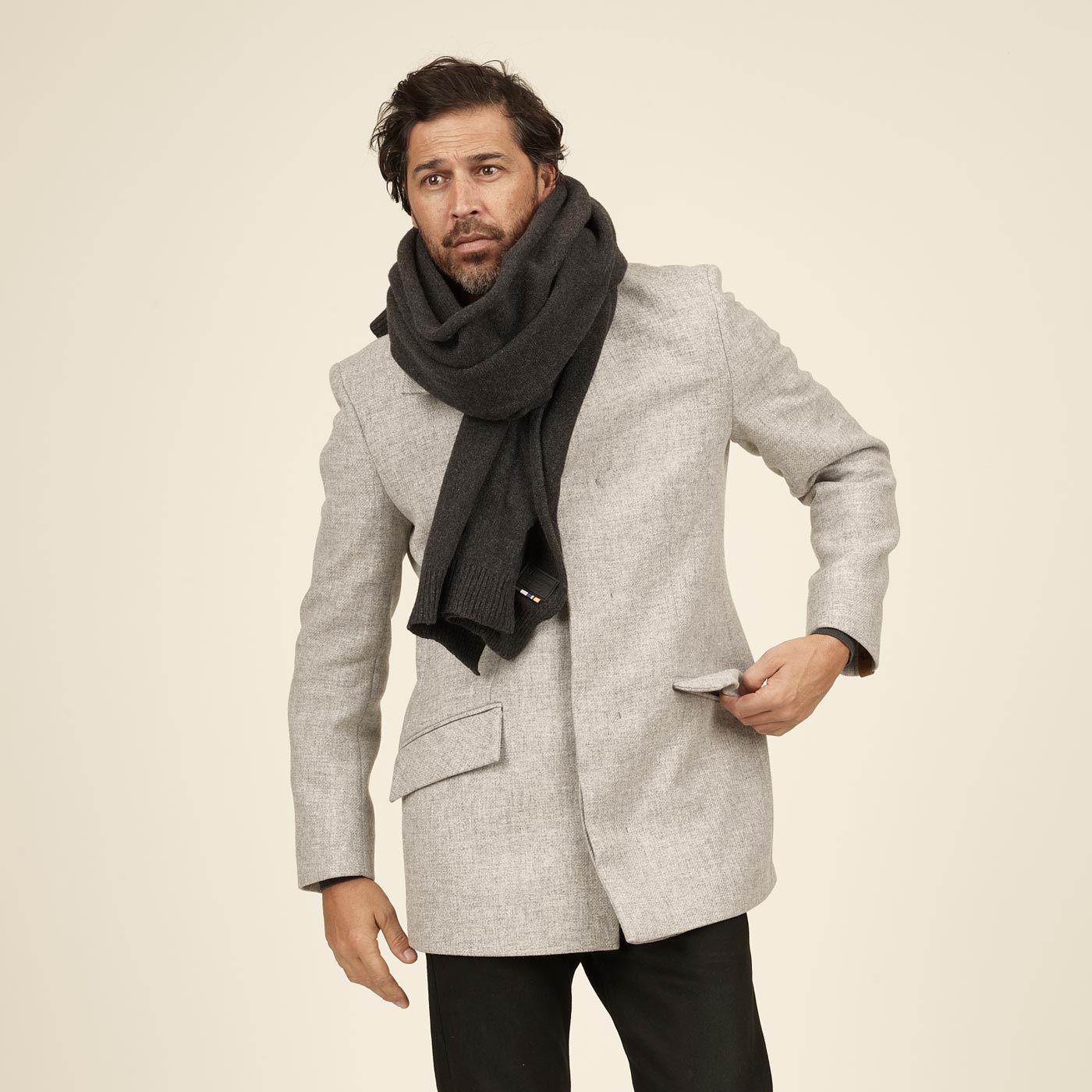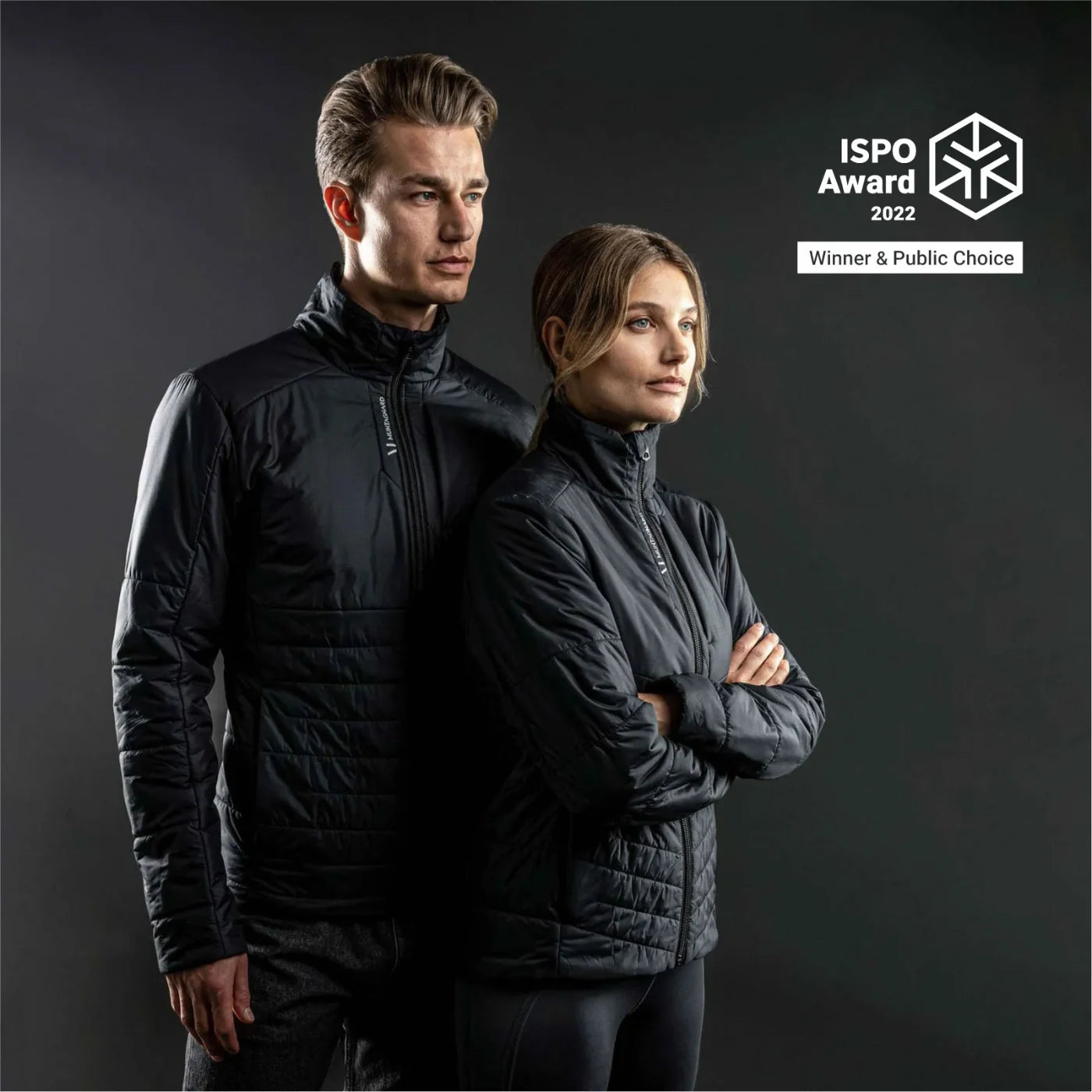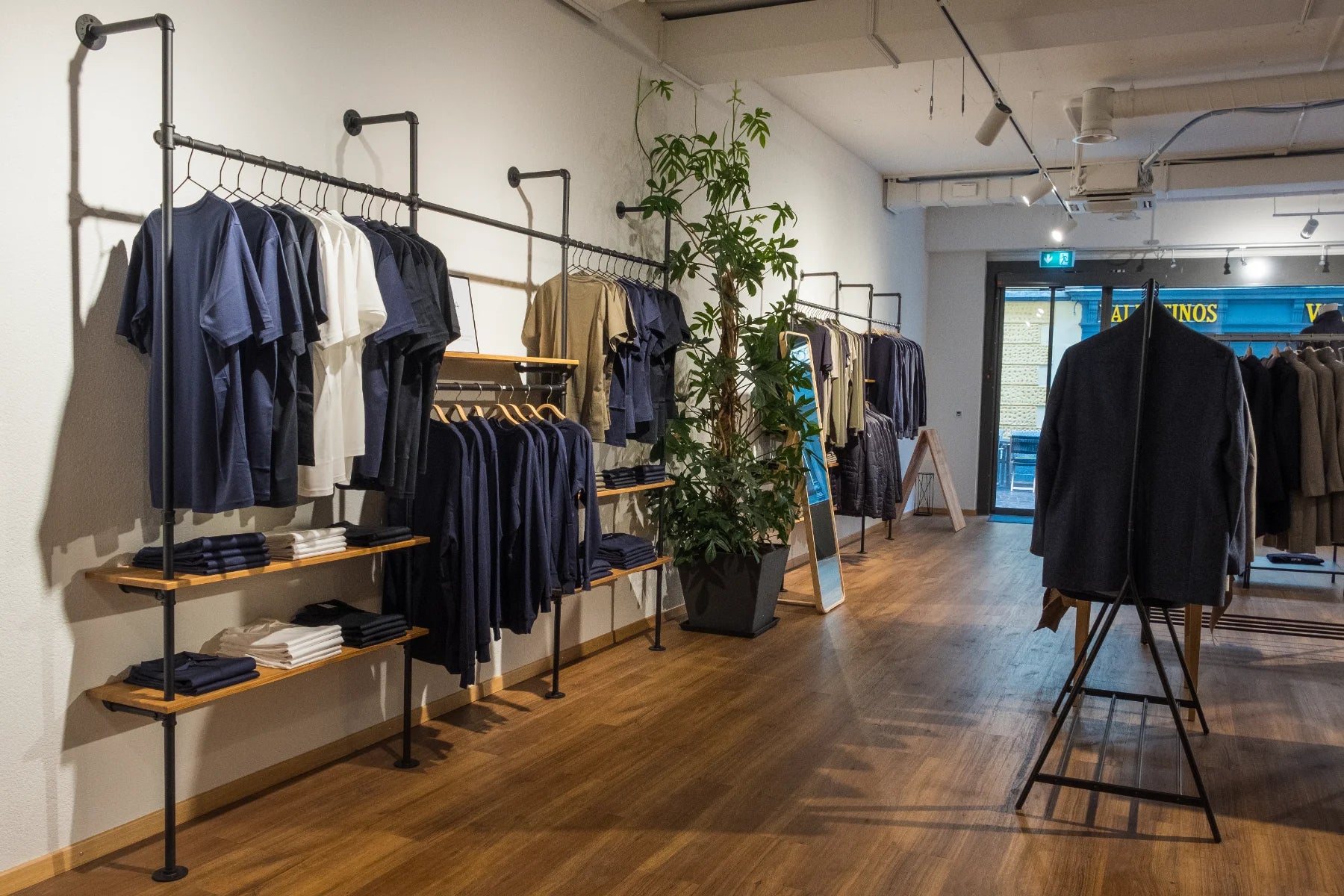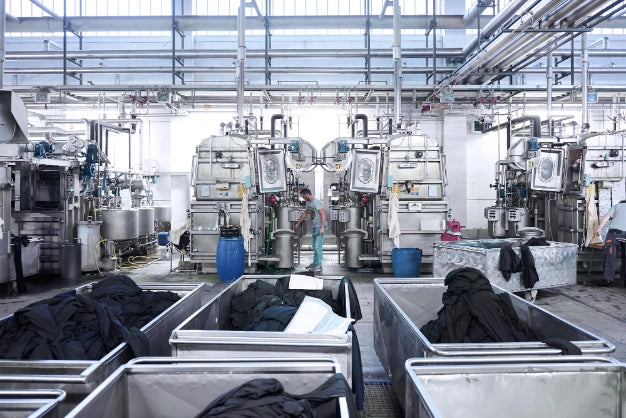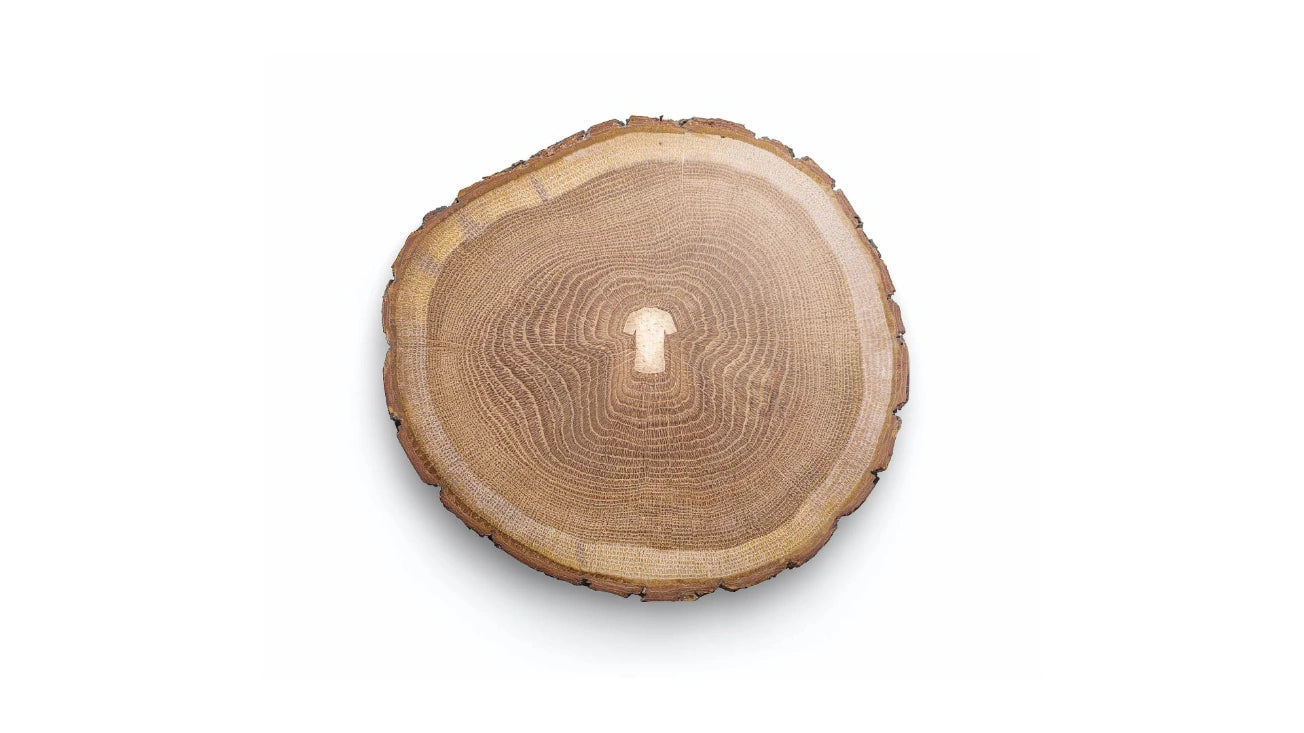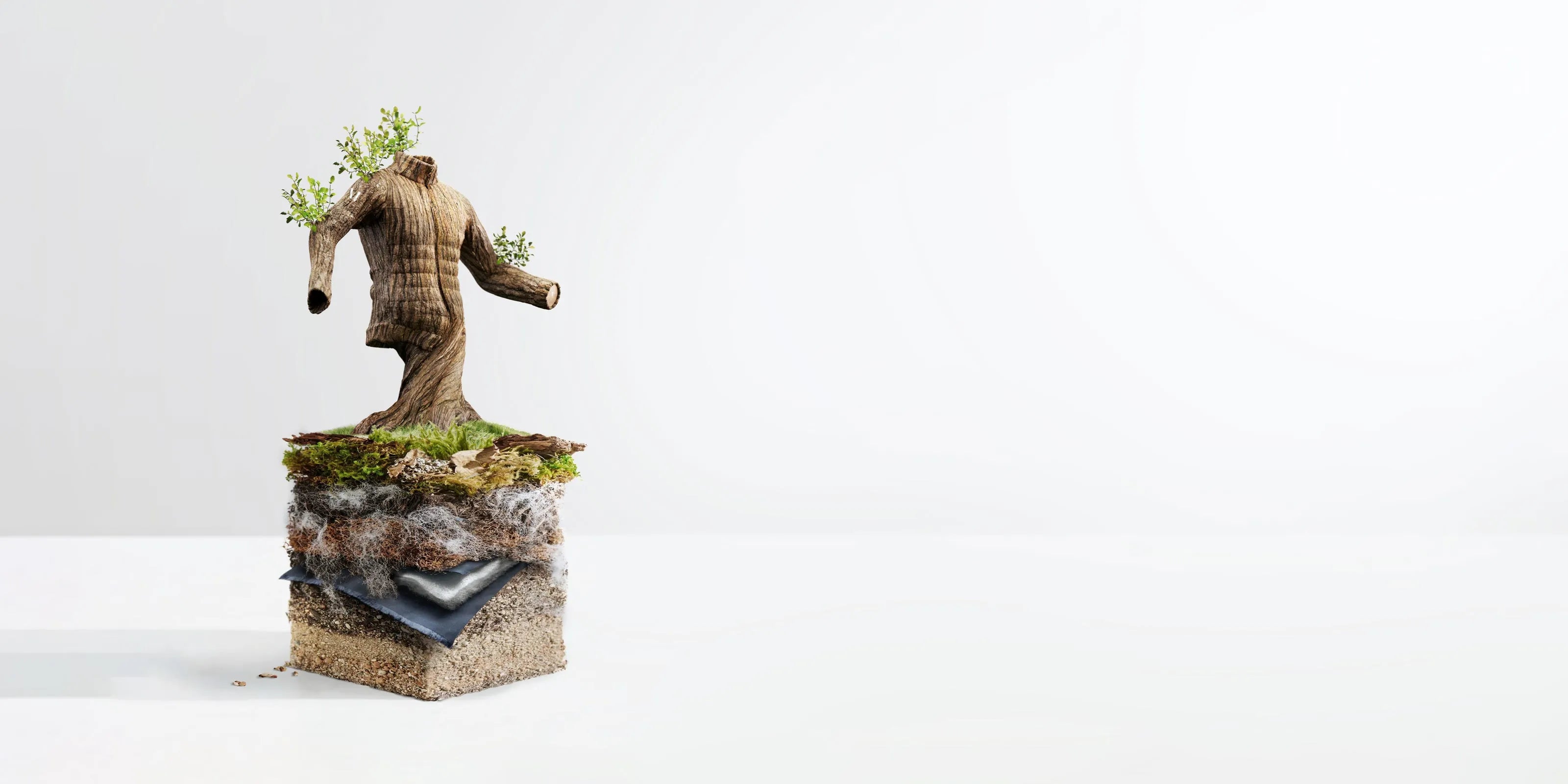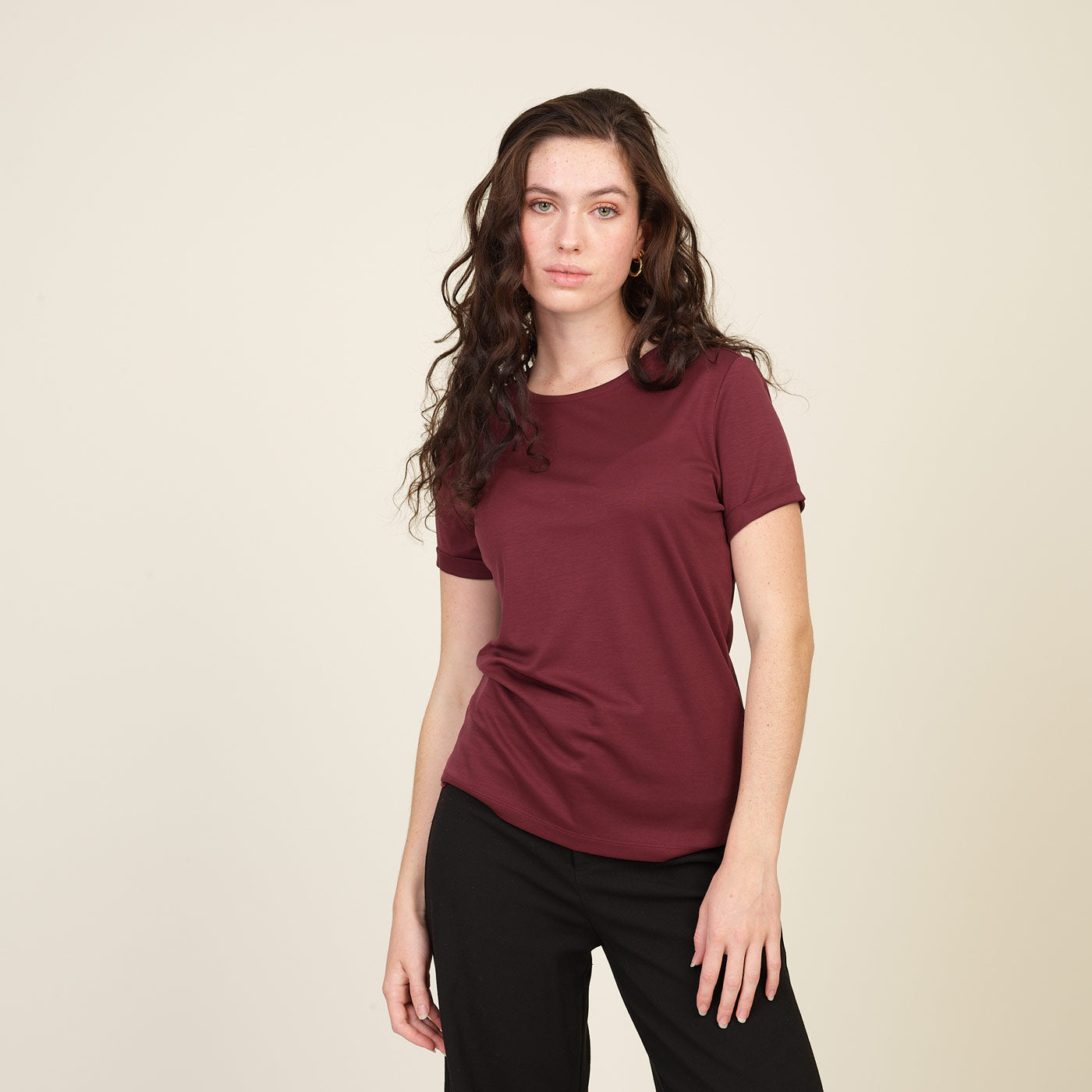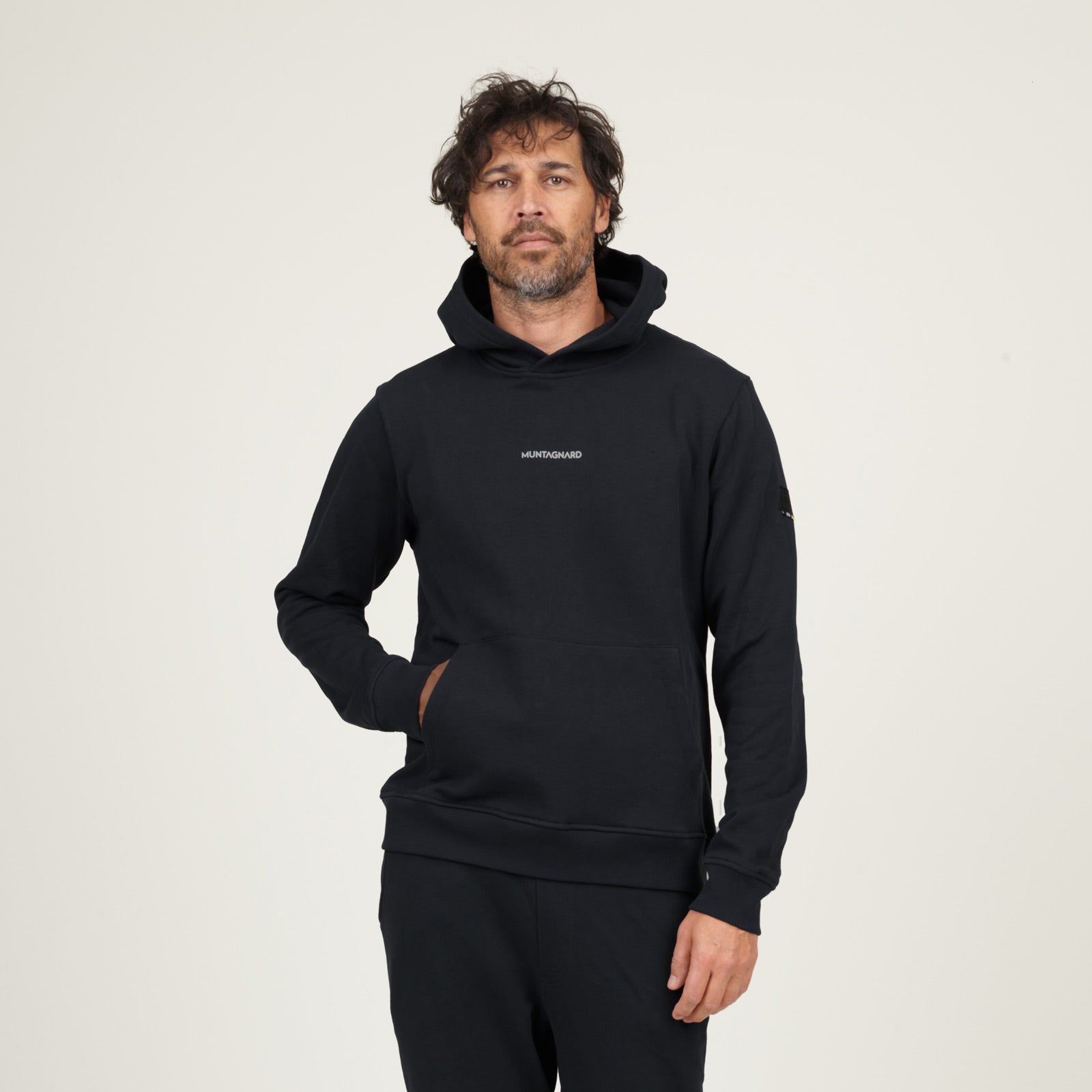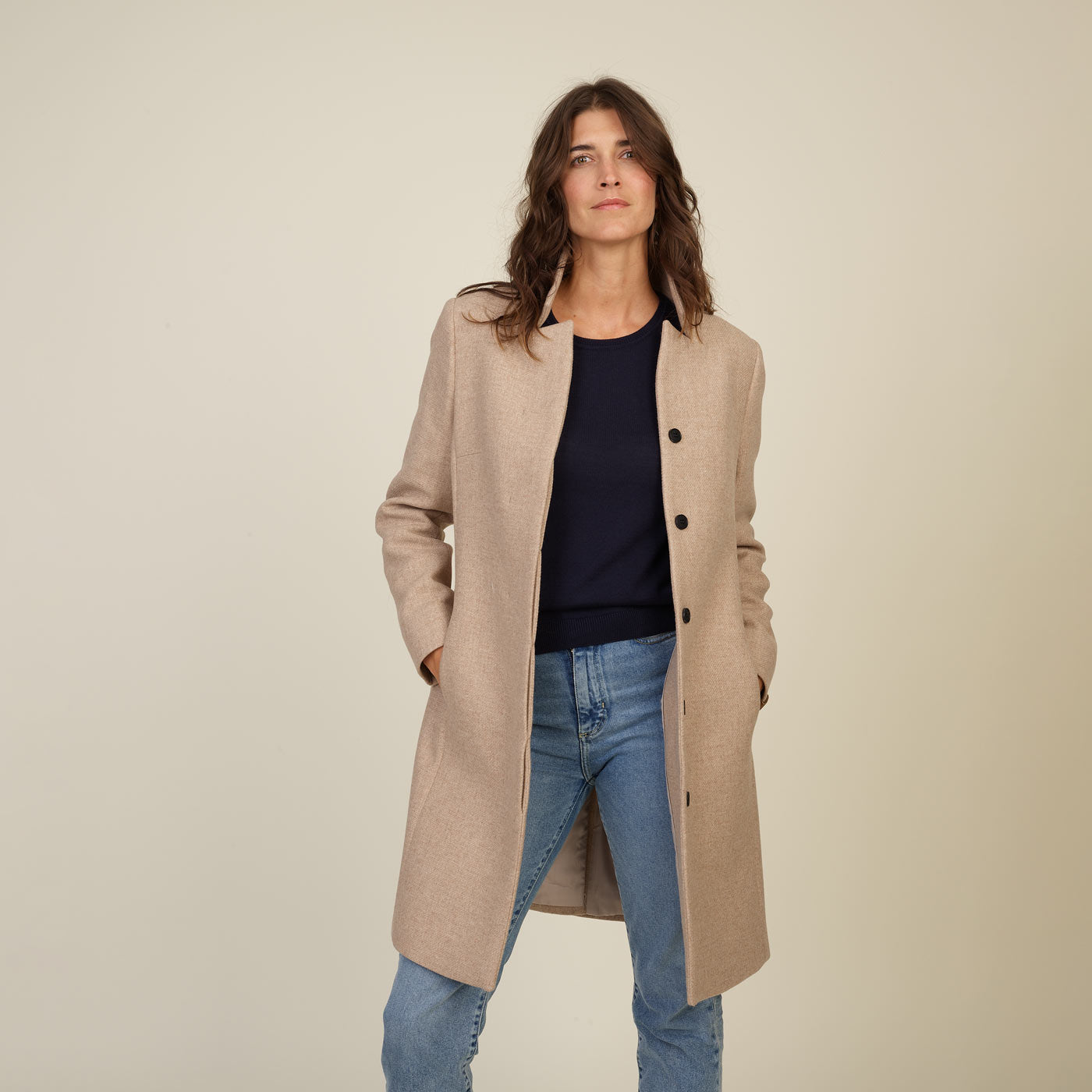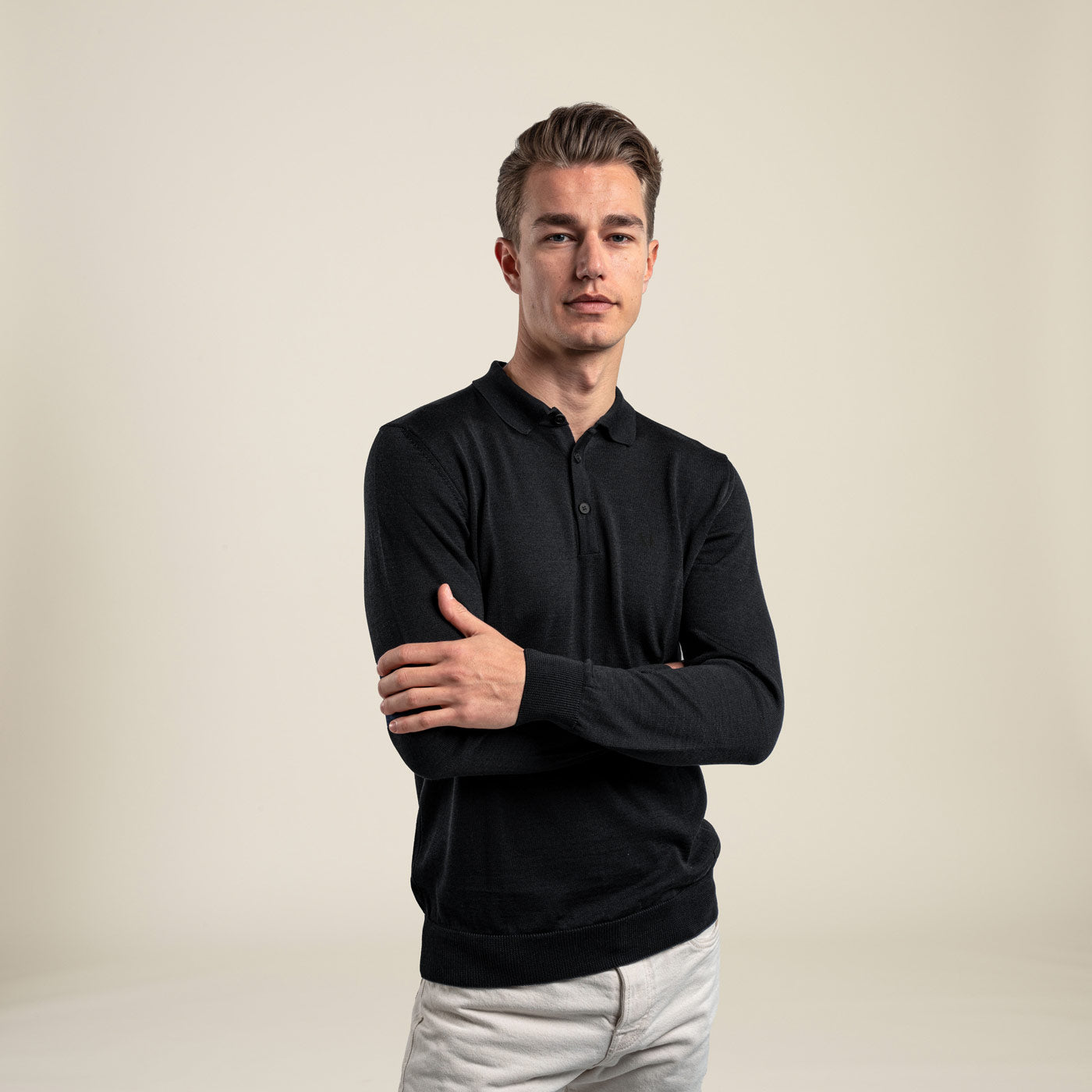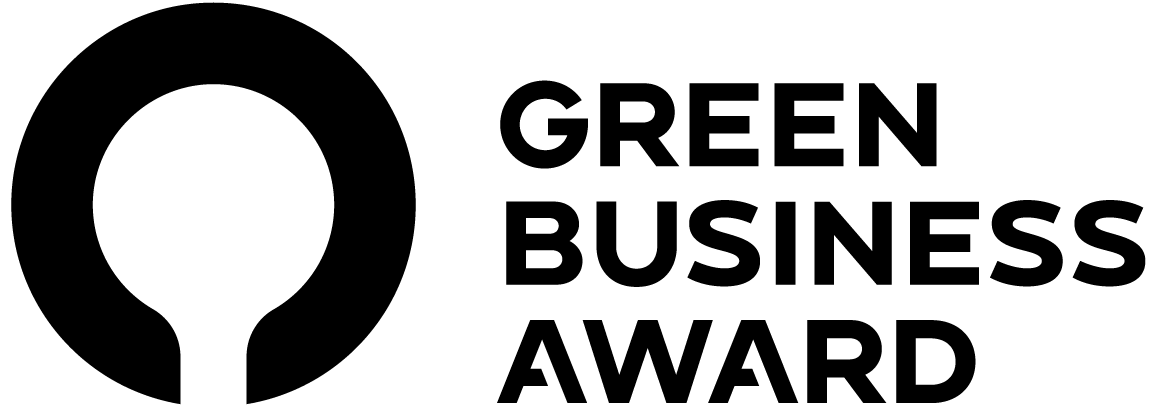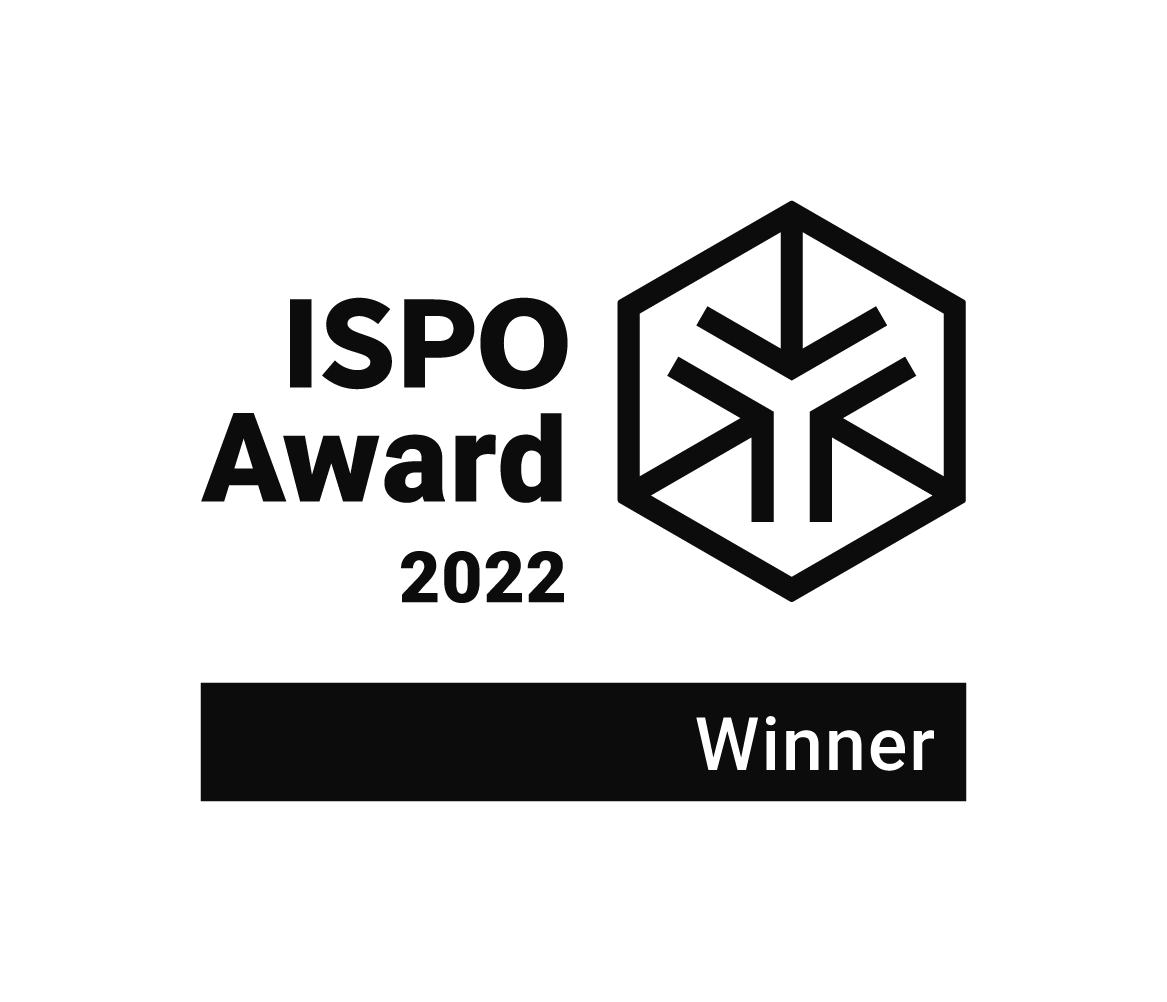We think and act in the spirit of the circular economy and only use renewable, recycled and/or biodegradable raw materials.
Circular economy means much more than recycling. It describes a new approach to the design and use of products and, more generally, a new way of thinking about our economic activity.
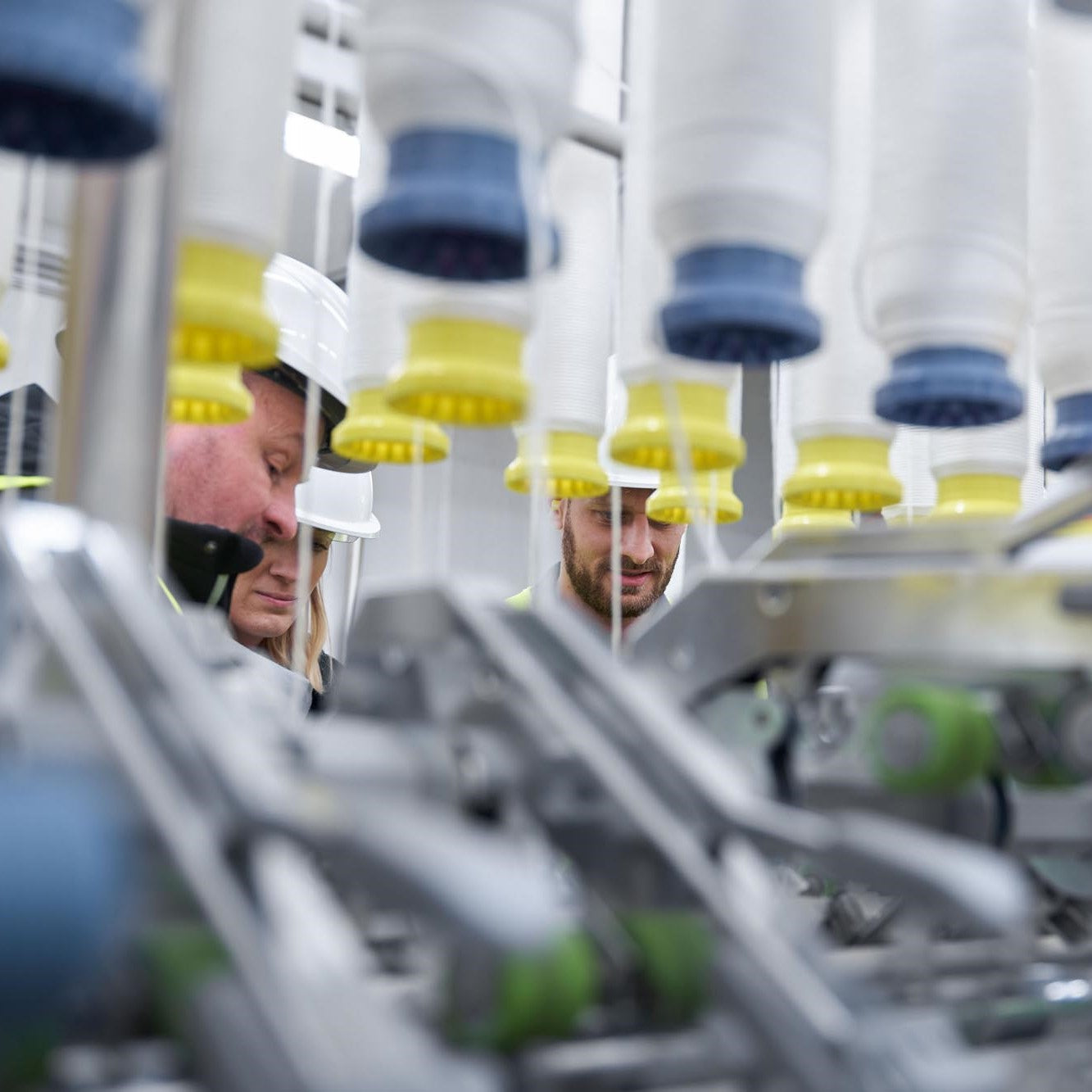
THINK IN CIRCUITS
The goal is a closed system that minimizes the use of resource inputs and the generation of waste, pollution and CO2 emissions. All 'waste' is intended to be recycled and used as 'nutrient' or 'input' for another process: either as a by-product, recovered raw material or as a regenerative resource for nature (e.g. compost).
Recycling is one of the biggest challenges for textiles. Currently, only 1% of all garments are recycled into new clothing. 1%!!

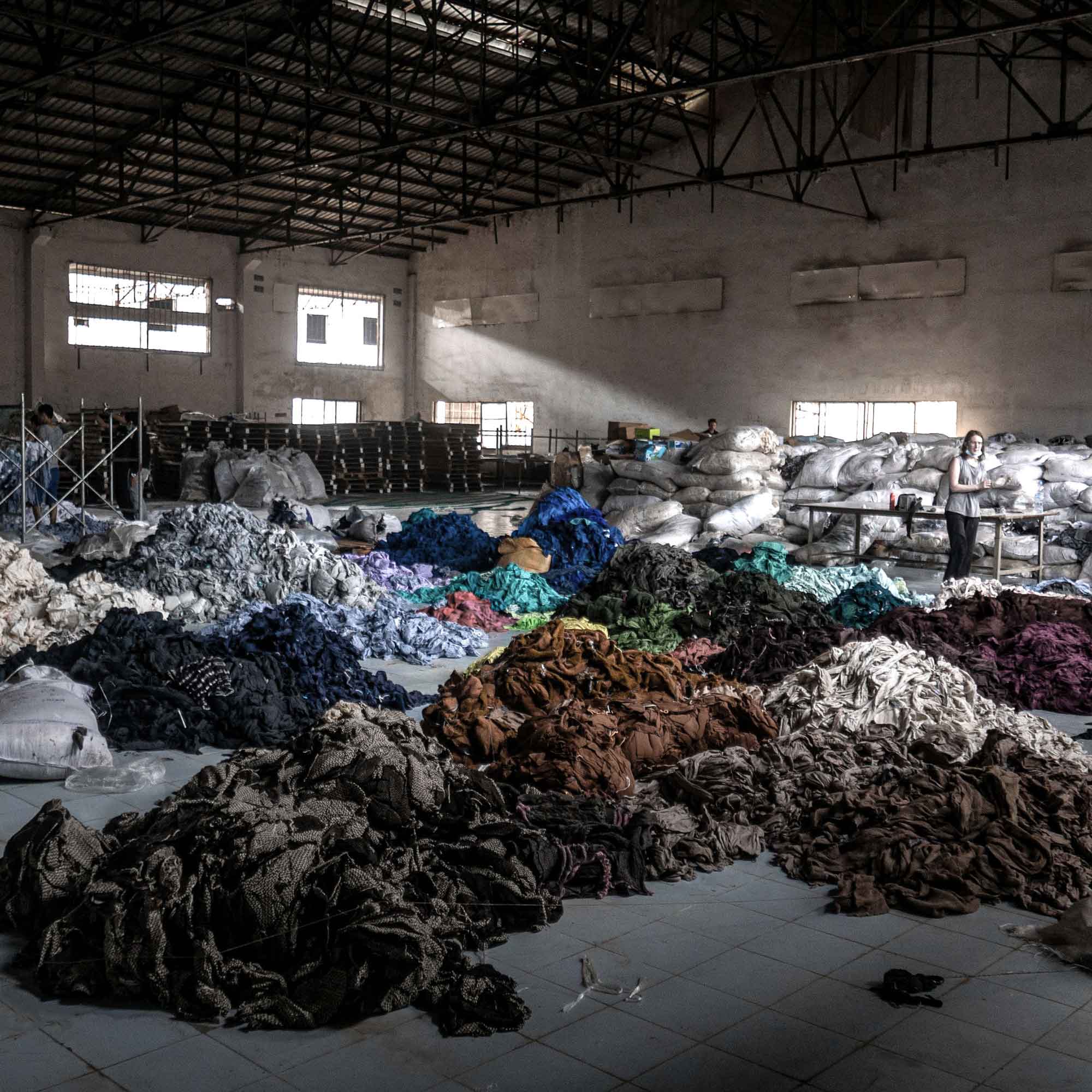
WHAT IS THE PROBLEM?
For decades, clothing has been optimized so that it can be manufactured as efficiently as possible. This has meant that recycling has been neglected and today's clothing is composed of a colorful mix of materials. If products are made of different materials, they first have to be laboriously separated from one another during recycling. With the result that only about 1% of all clothing is recycled into new clothing!

TECHNICAL & BIOLOGICAL
In the circular economy model, a distinction is made between the biological and technical cycles. In the biological cycle, food and biologically based materials (e.g. natural fibers) are designed to be returned to the system through biodegradation. These cycles regenerate living systems like soil, which in turn provide renewable resources for the economy. Technical cycles serve to recover and restore products, components and materials through reuse, repair, refurbishment or recycling.
"Circular economy means much more than reducing waste and increasing recycling. It describes a new approach to the design and development of products and, more generally, a new way of thinking about our economic activity."

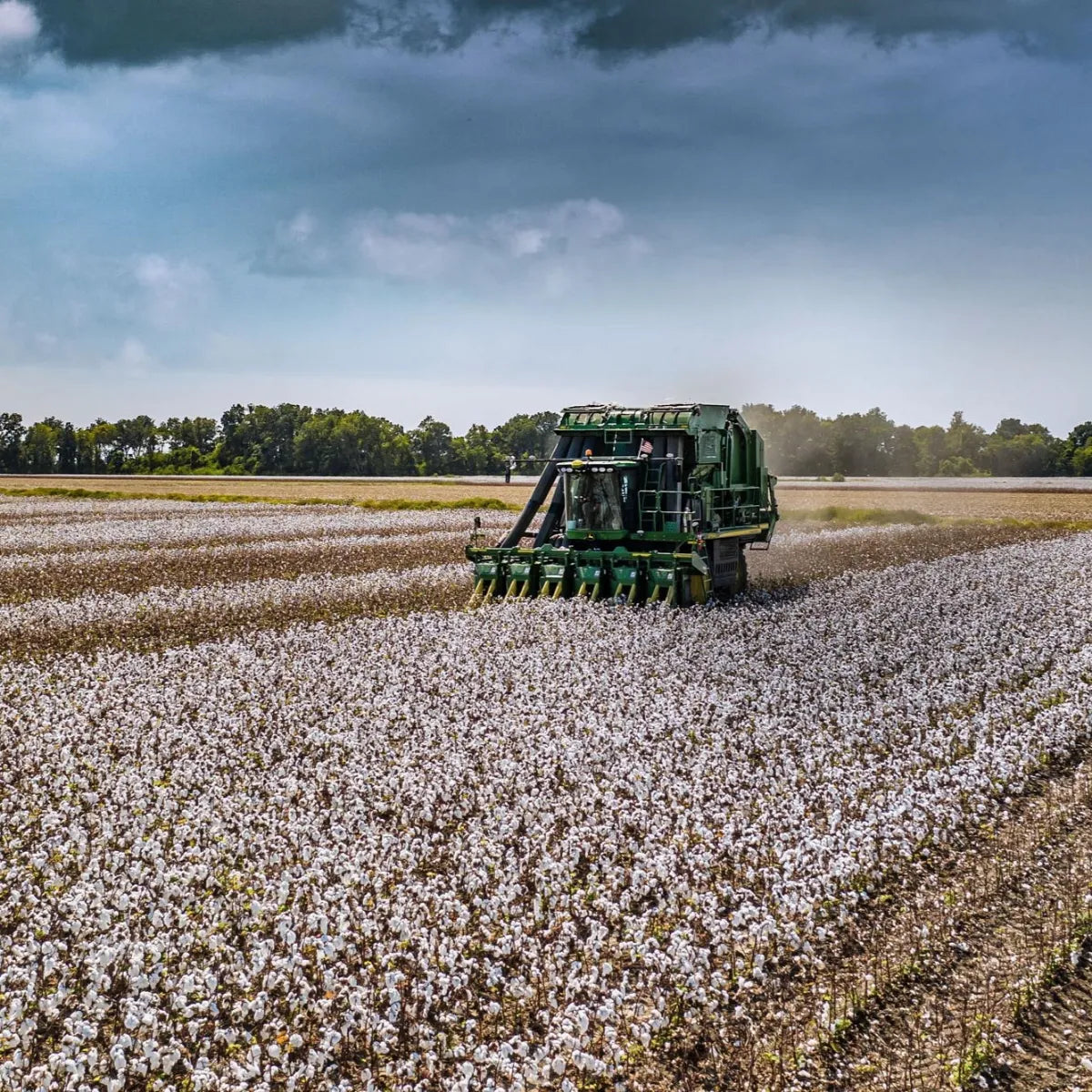
WHAT DO WE DO FOR IT?
From the selection of the raw material, the product design, the processing to the end of life of a product - everything is considered. The following principles are central to us:
- Renewable and environmentally friendly raw materials that are faster and non-toxic biodegradable.
- Pure materials (mono-material) and meaningfully separable material combinations. Unnecessary material mixes and impurities
are avoided to ensure recyclability.
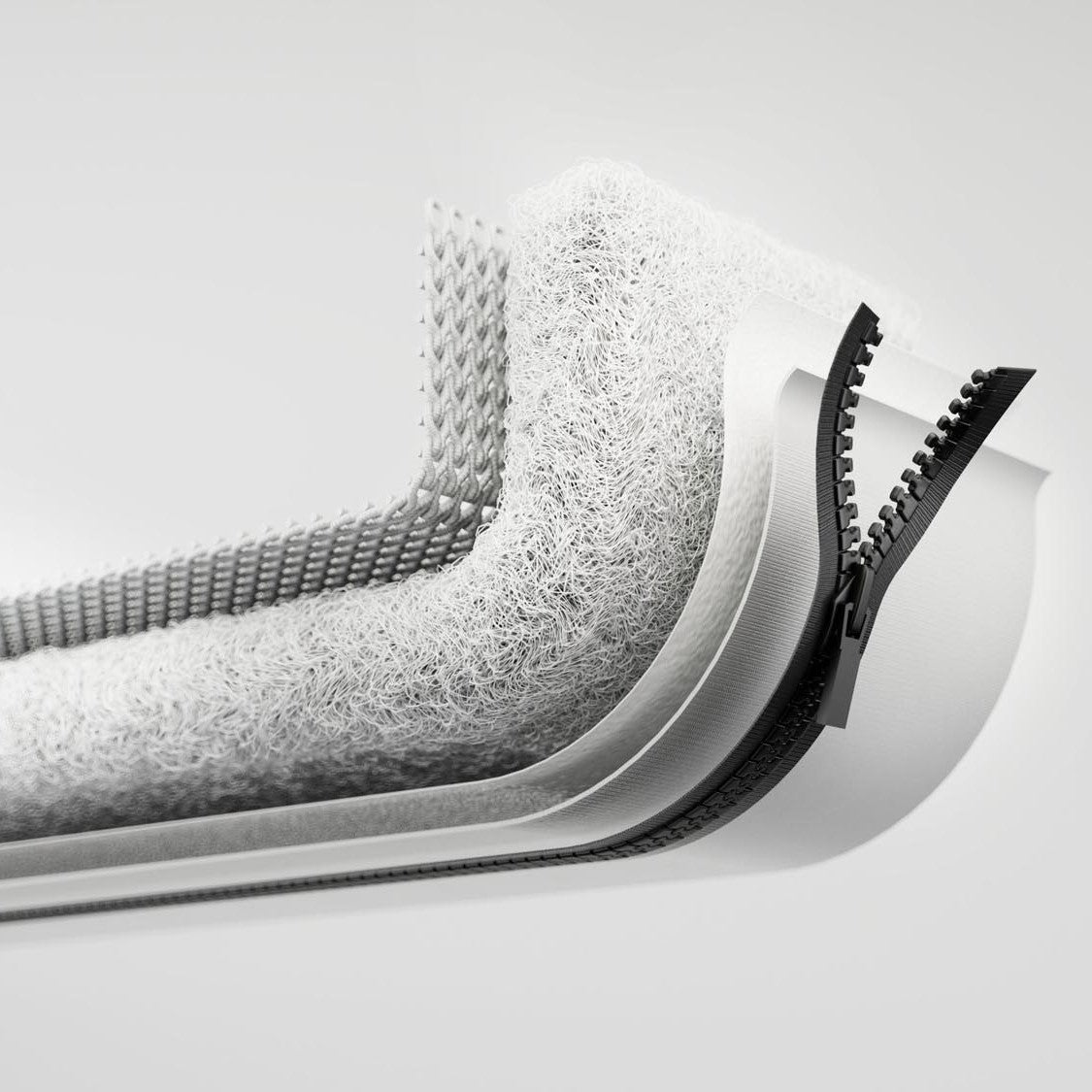
THE INNOVATION OF SIMPLICITY
Whenever possible and functionally sensible, we rely on a mono-material concept: all components – from fabrics to details such as sewing thread or laundry labels – are made from one and the same raw material. This makes us pioneers in certain segments. If a mono-material construction doesn't make sense, we combine materials that can be recycled as easily as possible and in any case
are as biodegradable as possible.




